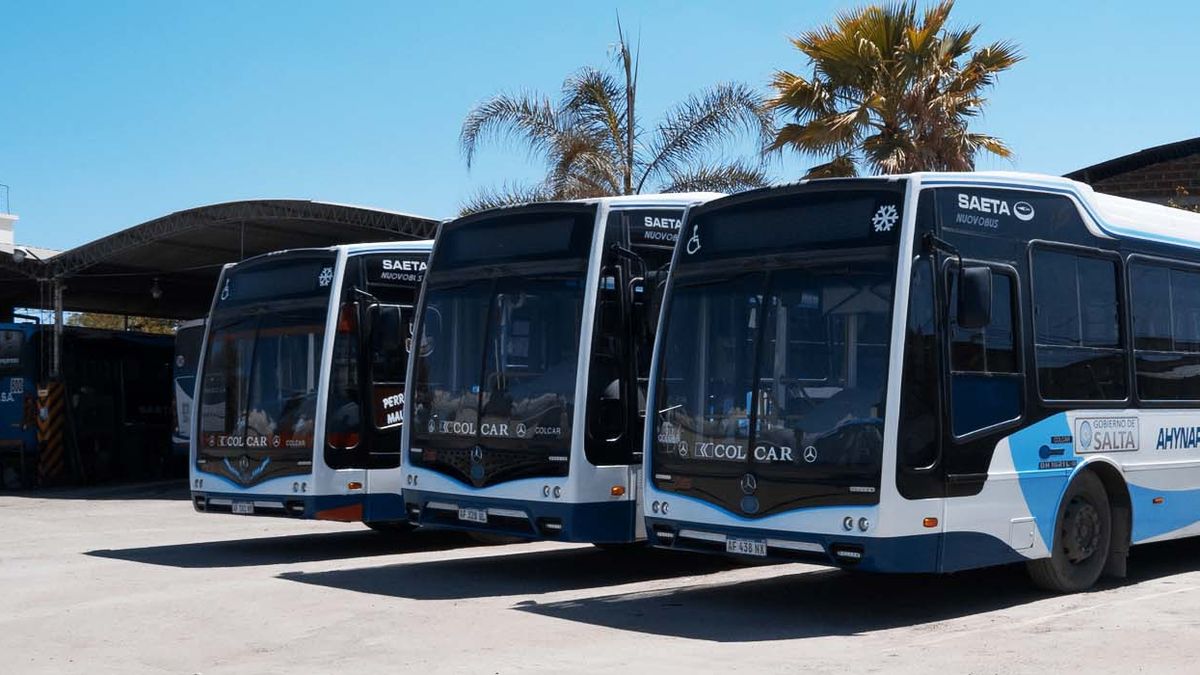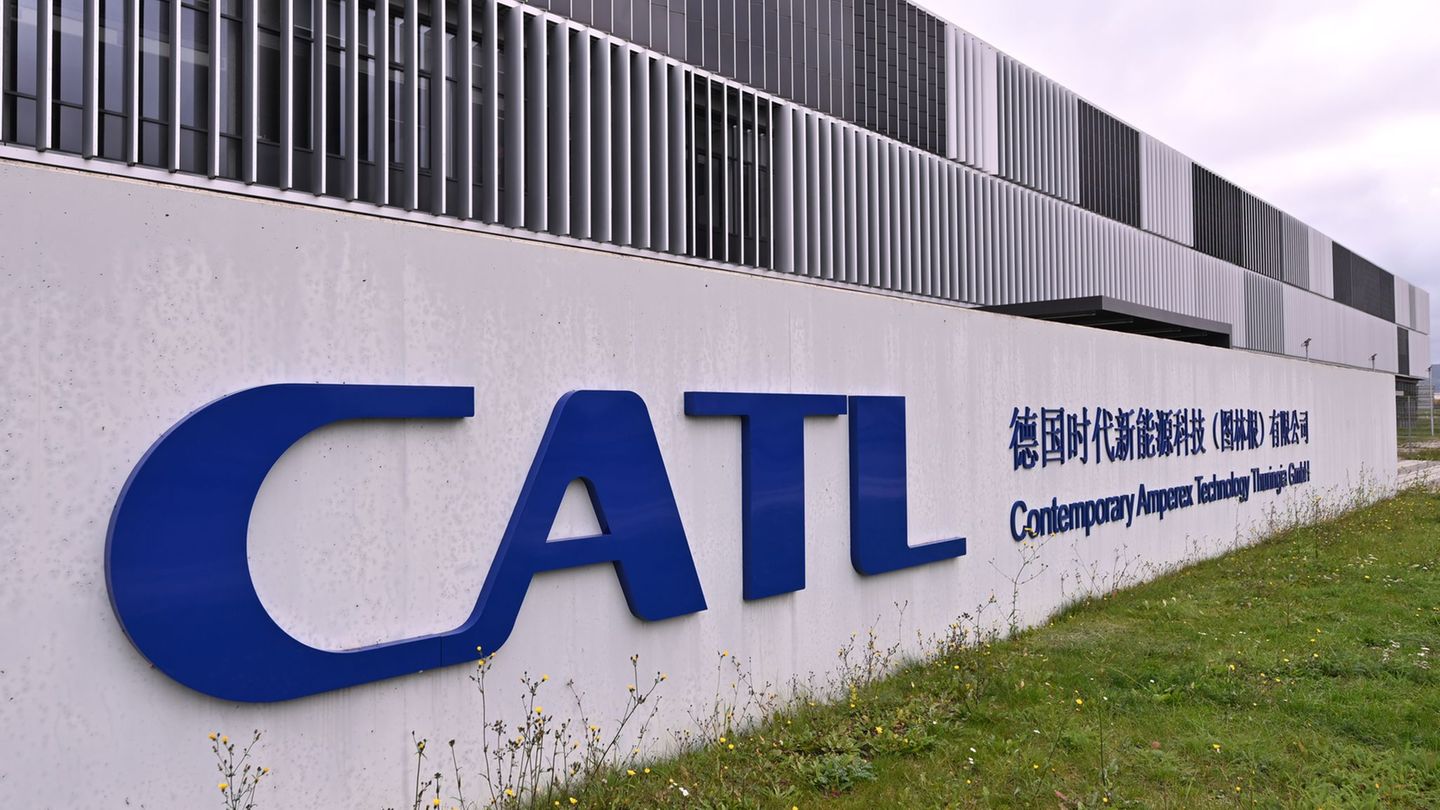Matías Fernández Consoli, is the Secretary of Economy and Finance of the municipality of San Martín de los Andes, headed by Carlos Saloniti. In dialogue with Ambitsays that on March 14, the bidding envelopes for metered parking service and radars, with revenue destined for transportation. Additionally, a road tax of 4.5% that will soon be implemented.
Meanwhile, Neuquen analyzes a disbursement scheme so that the Municipality returns “in comfortable installments.” All to prevent the ticket from reaching $2000. Currently, it is in $617.
The Rioja directly should reconvert La Rioja Busthe state transport company. Alcira Brizuela, vice president of COFETRA, details what the process was like. As it is under the Companies Law, ““It became a provincial administration of public, social and inclusive passenger transportation.”. Under that category, all workers migrated to such administration with a contract under the provincial State according to the hours worked and with the same regulations under the UTA agreement.
“We had no other way to save the company, since without subsidies we cannot pay $1 million for joint ventures, the current claim, only for this two-month period. There will be many conflicts“, he confesses in dialogue with Ambit.
The average transportation rate rose more than 40% between February and March
From the main cities of the country, with data collected as of March 6 by the Interdisciplinary Institute of Political Economy (IIEP UBA CONICET), Ushuaia It has the highest urban transport rate, set at $800followed by the city of Santa Rosa with $715Córdoba in $700Bahía Blanca with $690 and Currents under the same value.
For its part, the locations with the lowest tickets are Mendoza with $200Río Gallegos in $197and La Rioja in $150. Taking a weighted average of transportation rates in the interior, the average between February and March went from $361.30 to $513.64a difference from 42%. Several localities continue in the rate review process.
During 2023, provincial compensations had to be, at least, equal to those contributed by the National State, without considering the contributions made by the Municipalities, for the purposes of receiving the amounts from the Compensation Fund.
According to IIEP, the amount committed by the former Ministry of Transportation totaled $102,000 million, although the settlements carried out in 2023 were $82,971 million.
The institute explains that part of the gap occurred due to the debt accumulated for administrative reasons, the deferral of payments that are made in arrears or retention, the deferral of payment that is made in arrears and the retention of concepts subject to corroboration of obligations agreed between the Nation and Provinces.
The social rate through the SUBE only represents 15% of the subsidies
As it explains Rafael Skiadaressisa specialist in transportation economics, the majority of local governments decided to apply an increase to bus fares to sustain the cost structure, after having removed the leg of national assistance.
However, the relevant fact is that the ticket has gone up “more in proportion to the removal of subsidies”, which is why, according to Skiadaressis, governments “They are already planning a situation that is becoming complex”. The fact is that the reduction in subsidies that corresponds to the 2024 financial year is added to the claim for resources owed for 2023.
The national government argues the need to redirect subsidies to demand, channeled through the SUBE card. For the specialist, the spirit of the measure is correct because the rate would reflect the true cost from service, would improve the company’s cash flow and investment decisions would accompany the behavior of the demand.
Now, the key is that only those who receive the social rate through the SUBE will benefit. Skiadaressis highlights that there are localities that are members of SUBE and do not enjoy this discount or that they have their own system, like Córdoba, but with their own benefits.
“Suppose everyone adhered to the SUBE system. It should be noted that the percentage of subsidies allocated to the social rate is lower than what the Compensation Fund was. In 2023, 15% of the subsidies were through the social rate paid and the remaining 85% by the Fund. We must also remember that this benefit goes to certain vulnerable groups, It does not apply to the entire population in general.“, Explain.
In this way, they continue to discuss how to finance the service, if “it will always be via rate adjustment or if will create specific games either specific taxesas CABA did when the subway was transferred in 2012,” concludes Skiadaressis.
Source: Ambito




